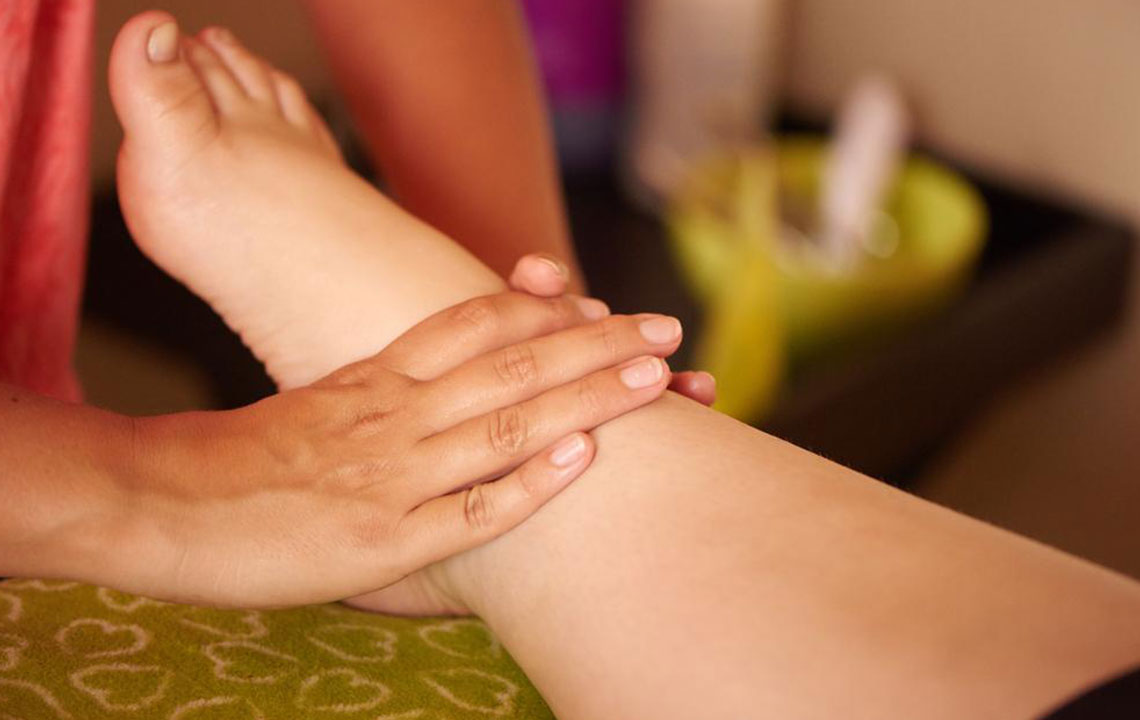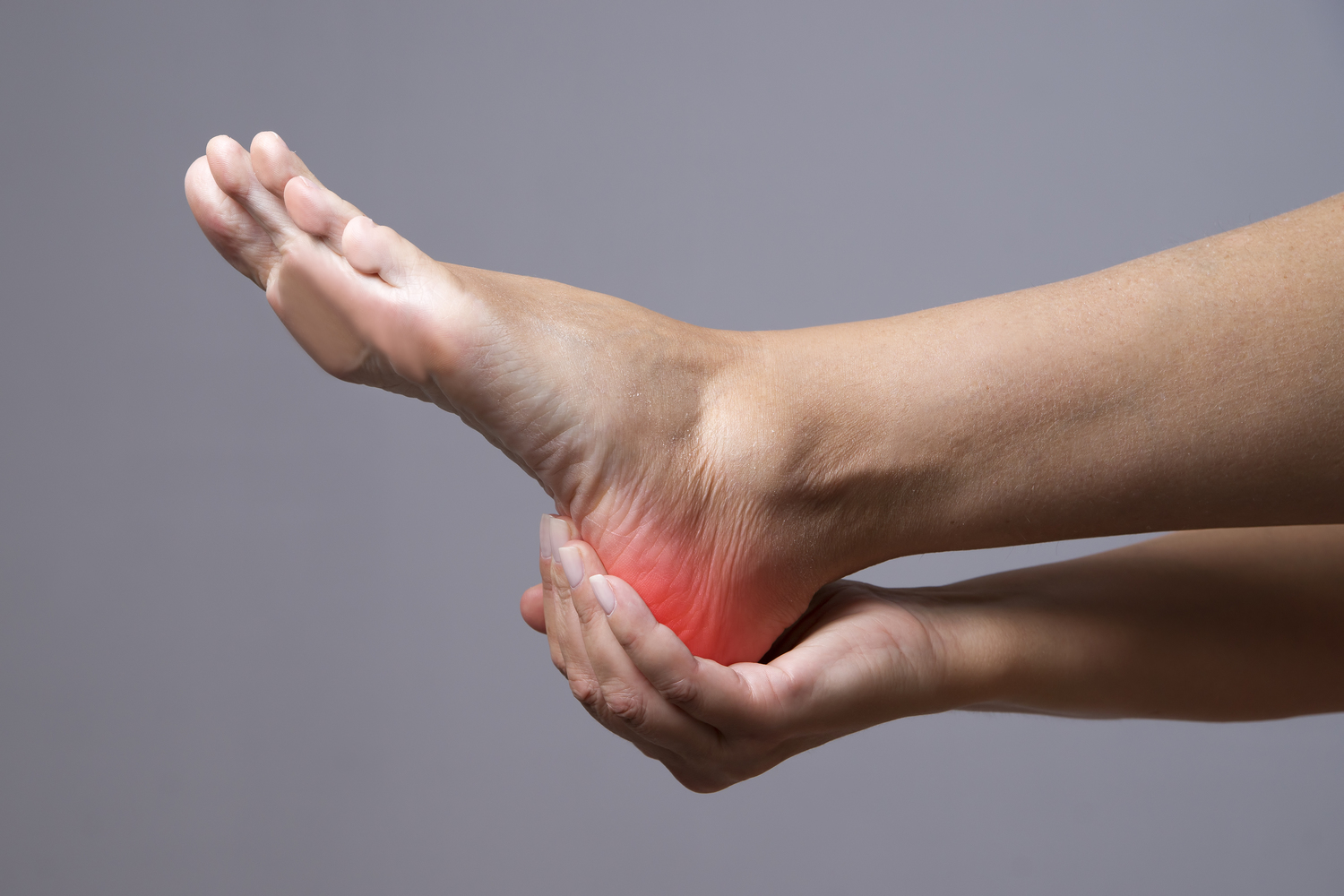Comprehensive Guide to Reducing Swollen Feet and Ankles During Pregnancy
Swelling in feet and ankles during pregnancy is common but manageable through lifestyle modifications. This extensive guide explores practical tips such as staying hydrated, wearing loose clothing, reducing salt intake, and maintaining regular physical activity to alleviate edema. It also emphasizes the importance of monitoring symptoms and when to seek medical attention. By following these strategies, pregnant women can reduce discomfort and promote healthier circulation, ensuring a more comfortable pregnancy journey.

Effective Strategies for Managing Pregnancy-Related Foot and Ankle Swelling
Swelling of the feet and ankles, medically referred to as edema, is a widespread issue faced by pregnant women worldwide. This condition arises due to the increased retention of bodily fluids, which naturally occurs to support the expanding needs of both mother and developing fetus. While some degree of swelling is considered normal during pregnancy, especially in the later stages, it can cause significant discomfort and impact daily activities. Fortunately, there are numerous practical and evidence-based methods to alleviate swelling and improve overall comfort during this special period.
Understanding the underlying causes of edema during pregnancy can help women implement effective management strategies. Primarily, hormonal changes during pregnancy lead to increased blood volume and fluid retention. Additionally, the growing uterus exerts pressure on pelvic blood vessels, impairing circulation and contributing further to fluid buildup in the lower extremities. Together, these factors result in noticeable swelling in the feet, ankles, and legs.
Although edema is common, it is essential for pregnant women to adopt certain lifestyle modifications and self-care routines to reduce its severity. Maintaining healthy hydration, engaging in regular physical activity, and wearing comfortable clothing are foundational steps. You should also be mindful of dietary habits, particularly salt intake, to prevent excess water retention. The following comprehensive guide explores various strategies to manage swollen feet and ankles effectively during pregnancy.
Key Lifestyle Practices to Alleviate Swelling in Pregnancy
Limit Prolonged Sitting and Standing: Lengthy periods of immobility can cause blood to pool in the lower limbs, exacerbating swelling. It’s beneficial to take frequent breaks during the day to walk around or perform light stretching exercises. If your job requires standing for extended times, consider using a footstool to elevate your legs periodically, or shift your weight from one foot to the other to improve circulation.
Stay Properly Hydrated: Drinking sufficient water throughout the day is crucial. Adequate hydration helps maintain optimal blood volume and prevents the body from retaining excess fluids. Aim for around 8-10 glasses of water daily, but consult your healthcare provider for personalized recommendations based on your health status.
Wear Loose, Breathable Clothing: Tight garments can restrict blood flow and worsen swelling. Choose loose-fitting, comfortable clothing made from breathable fabrics such as cotton. This allows unhindered circulation and minimizes uncomfortable constriction, especially around the legs and waist.
Reduce Salt Intake: A high-salt diet promotes water retention, leading to increased swelling. To combat this, limit processed foods, salty snacks, and excessive use of table salt. Instead, incorporate herbs and spices to enhance flavor without adding sodium, aiding the body in maintaining fluid balance.
Perform Regular Foot Exercises and Elevate Legs: Simple foot-and-toe stretches while seated or lying down can stimulate blood flow and prevent fluid accumulation. Elevating your legs above heart level for short periods several times a day facilitates lymphatic drainage and reduces swelling.
Additional Tips for Managing Swelling During Pregnancy
Choose Comfortable Footwear: Wearing supportive, roomy shoes reduces pressure on your feet and helps improve circulation. Avoid high heels and tight shoes that can worsen edema.
Maintain a Healthy Weight Gain: Gaining a healthy amount of weight as advised by your healthcare provider can help prevent unnecessary strain on your legs and reduce swelling complications.
Engage in Gentle Exercise: Activities like walking, prenatal yoga, or swimming can promote circulation and strengthen muscles. Always consult your doctor before starting any new exercise regime during pregnancy.
Monitor Symptoms Carefully: While swelling is common, sudden or severe swelling, particularly in the face, hands, or with associated symptoms such as headaches or visual disturbances, warrants prompt medical attention. These may be signs of preeclampsia, a serious pregnancy complication.
When to Seek Medical Attention
Most swelling during pregnancy is benign and manageable with lifestyle adjustments. However, if you experience sudden swelling, especially if it’s accompanied by high blood pressure, headaches, or vision changes, consult your healthcare provider immediately. These could be warning signs of preeclampsia, a potentially dangerous condition requiring prompt treatment.
In short, managing swollen feet and ankles during pregnancy involves a combination of proper hydration, physical activity, dietary management, and comfortable clothing choices. Implementing these strategies can significantly improve comfort and quality of life during pregnancy, ensuring both mother and baby remain healthy and happy. Remember, always discuss any persistent or severe symptoms with your healthcare provider to ensure safe and effective care tailored to your specific needs.





